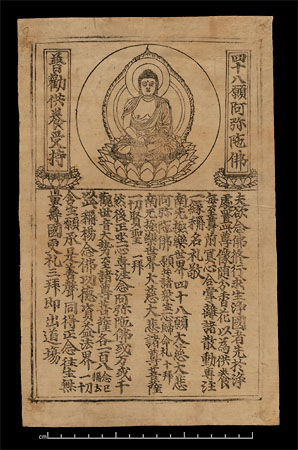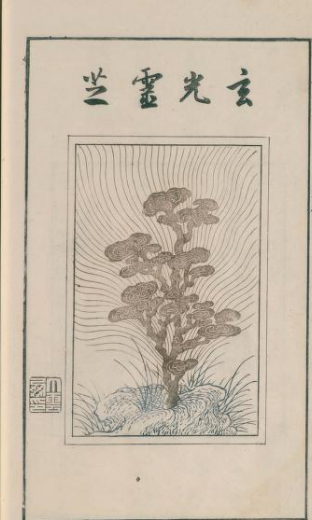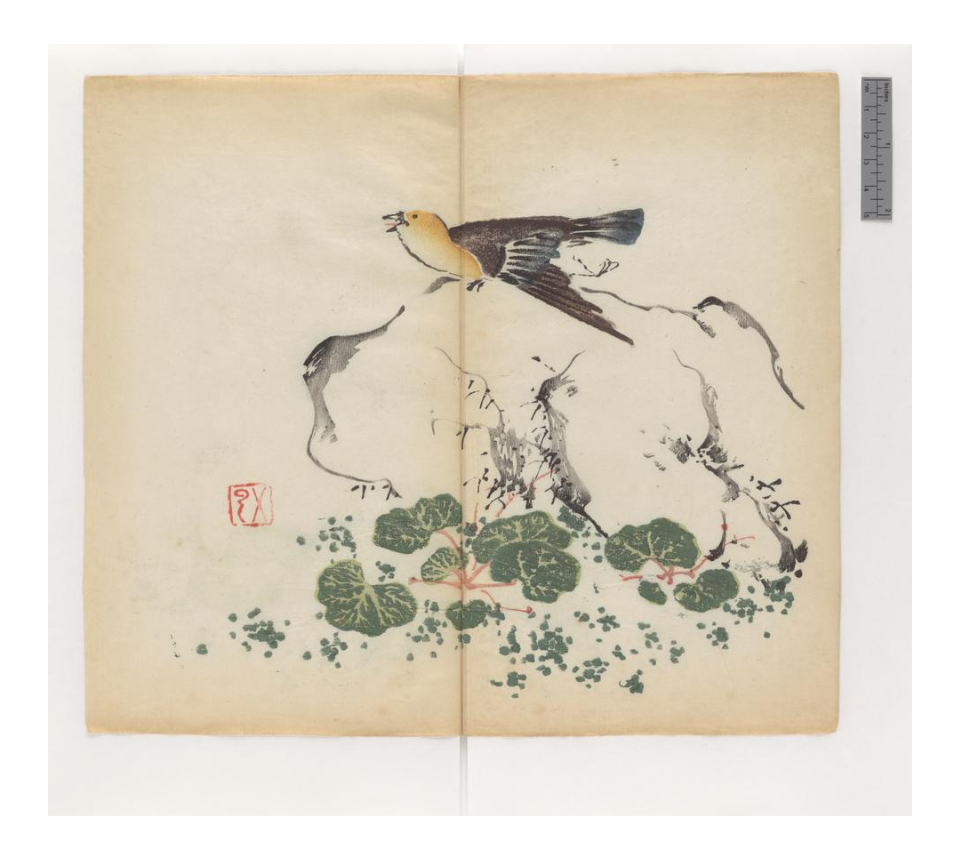Medieval book/ Bindings / Printing
The International Dunhuang Project is a massive digital repository of scanned materials dating to the 4th – 11th centuries. These materials were discovered when a cave was opened by a Daoist priest in the oasis town of Dunuang in West China in 1900. A number of Western and East Asian explorers rushed to Dunhuang to buy materials, despite the protests of the Qing government.
The Dunhuang Project website has several useful introductions to materiality. The link below brings you to an essay on “Bindings” these bindings include images which link to fully scanned texts.
http://idp.bl.uk/education/bookbinding/bookbinding.a4d
I think that this could very easily be used in any courses on the materiality of texts.
If you want to dig deeper, there are lots of things you can do with these Dunhaung materials. I use our two Dunhuang scrolls at UCLA regularly to make points about:
1. The early adoption of paper in East Asia.
2. Different forms of “rubrication” (you’ll see red in lots of these, you can read about these punctuation marks here https://devinfitz.com/things-you-can-do-with-woodblocks-3-punctuation-annotation/)
You can also get into printing pretty easily, since the earliest surviving complete printed book came from Dunhuang.
The famous Diamond Sutra is briefly introduced, with lots of links, on the website below. It’s worth having your students watch the embedded video.
http://www.historyofinformation.com/detail.php?id=207
The next thing I would have them do is go the IDP webpage to search “woodblock print.” This will pull up a very manageable number of prints for them to explore and compare. (There are no permalinks for search results, so the link below will pull up an error. Just search in the side bar)
http://idp.bl.uk/database/search_results.a4d?uid=1069429285;random=30143
One of these examples is pretty stunning:

Color Printing
Another theme that is easy to explore online is the emergence of color printing. For a real deep dive, you can listen to James Cahill’s detailed lecture on the history of printing images in China:
https://www.youtube.com/watch?v=be
The history of color printing in China is quite complicated. The earliest surviving two color print dates to 1340 (https://culture.teldap.tw/culture/index.php?option=com_content&view=article&id=848). But this print is rather anomalous, because there aren’t any other attempts to print in color until around 1600.
The earliest true multi-color printing that we see comes from the 1606 Cheng Family Garden of Ink (Chengshi moyuan 程氏墨苑). Volume 14 in the National Diet Library of Japan has a few brilliant examples of this printing.

https://dl.ndl.go.jp/info:ndljp/pid/2545459?tocOpened=1
The Cheng Family Garden of Ink is a great example for a few reasons. First, it’s actually a catalog of ink cakes. These are the cakes which the Cheng family produced, and many were elaborately decorated.
You can see how ink cakes worked in this brief video:
https://www.youtube.com/watch?v=W0hSG-eQo4A
These examples, paired together with the stunning examples from Hu Zhengyan’s Bamboo Garden painting manual can serve as a good place to start talking about book arts, technologies, etc.

https://cudl.lib.cam.ac.uk/view/PR-FH-00910-00083-00098/29
And you can start comparing these Chinese color printing examples to some of the existing exhibitions (and the great work done by Elizabeth Savage!)
https://exhibitions.lib.cam.ac.uk/tudorcolour/case/introduction/
Other resources
Given the covid crisis, I am going to open up my now very badly out-of-date annotated bibliography for teaching. I expect to start adding to this pretty-rapidly. If you want to add to it, please email me at devinfitzgerald@library.ucla.edu and I’ll credit your description:
https://docs.google.com/document/d/1EfsIxre4-f2V5oZBqHI63BHpLigFp4kZKKVIi5kImvM/edit?usp=sharing